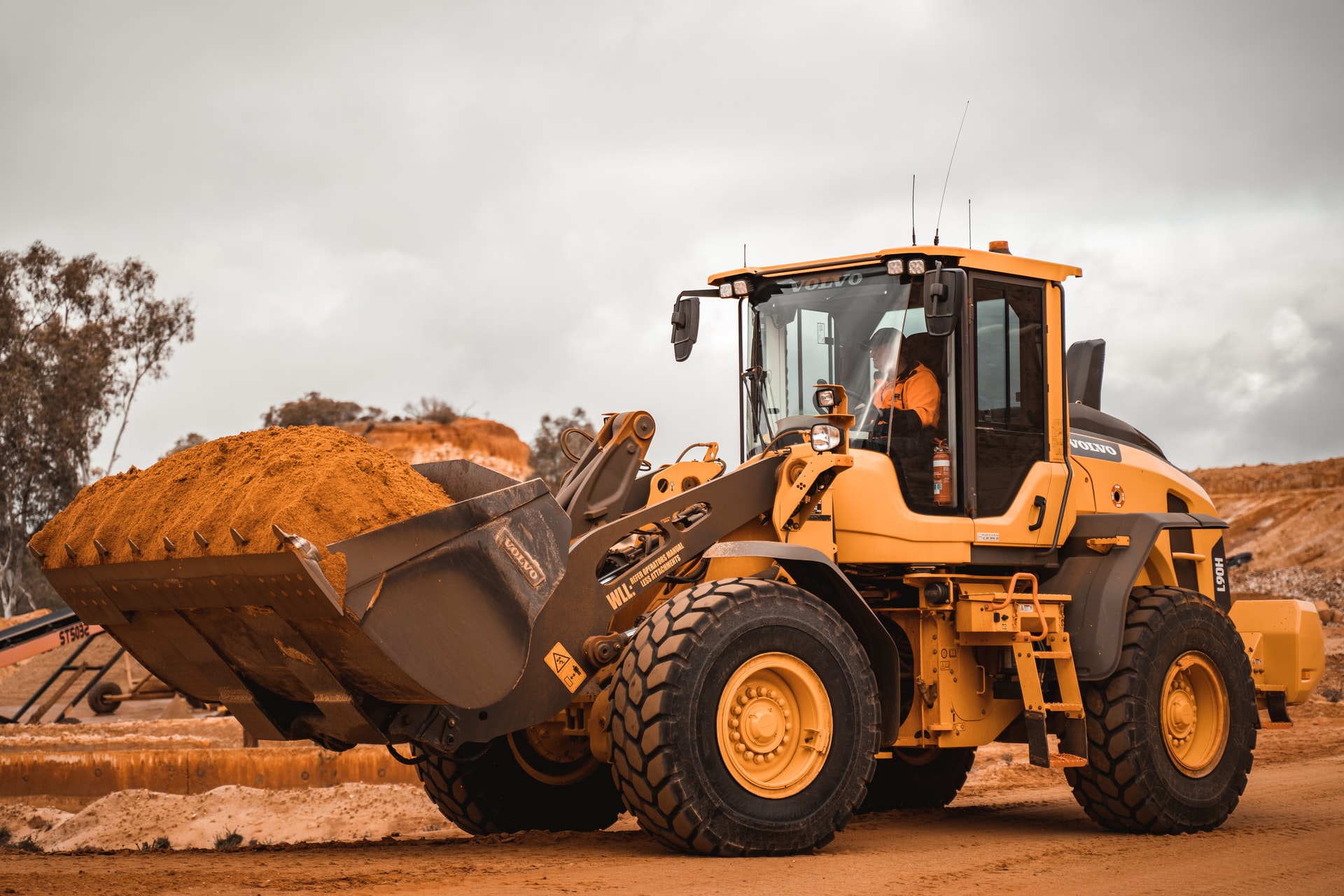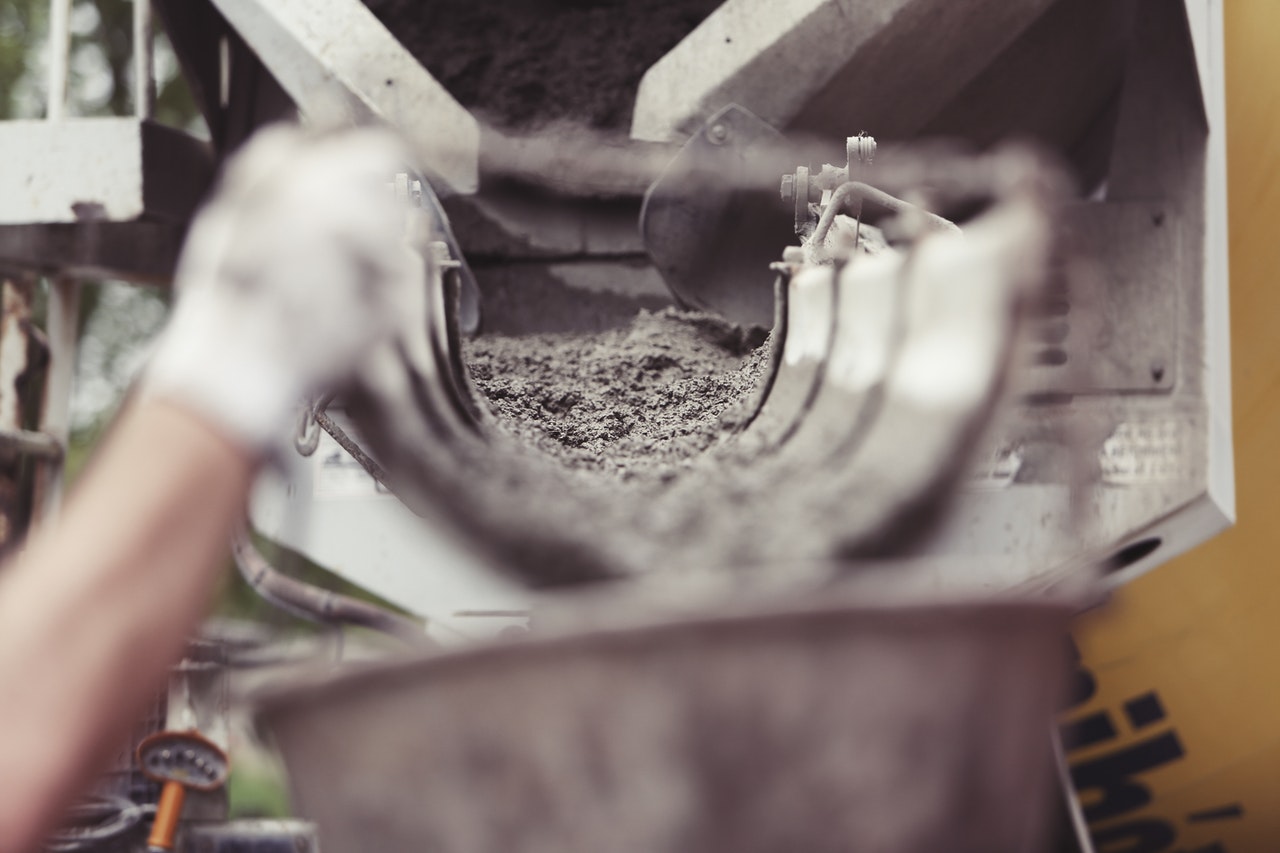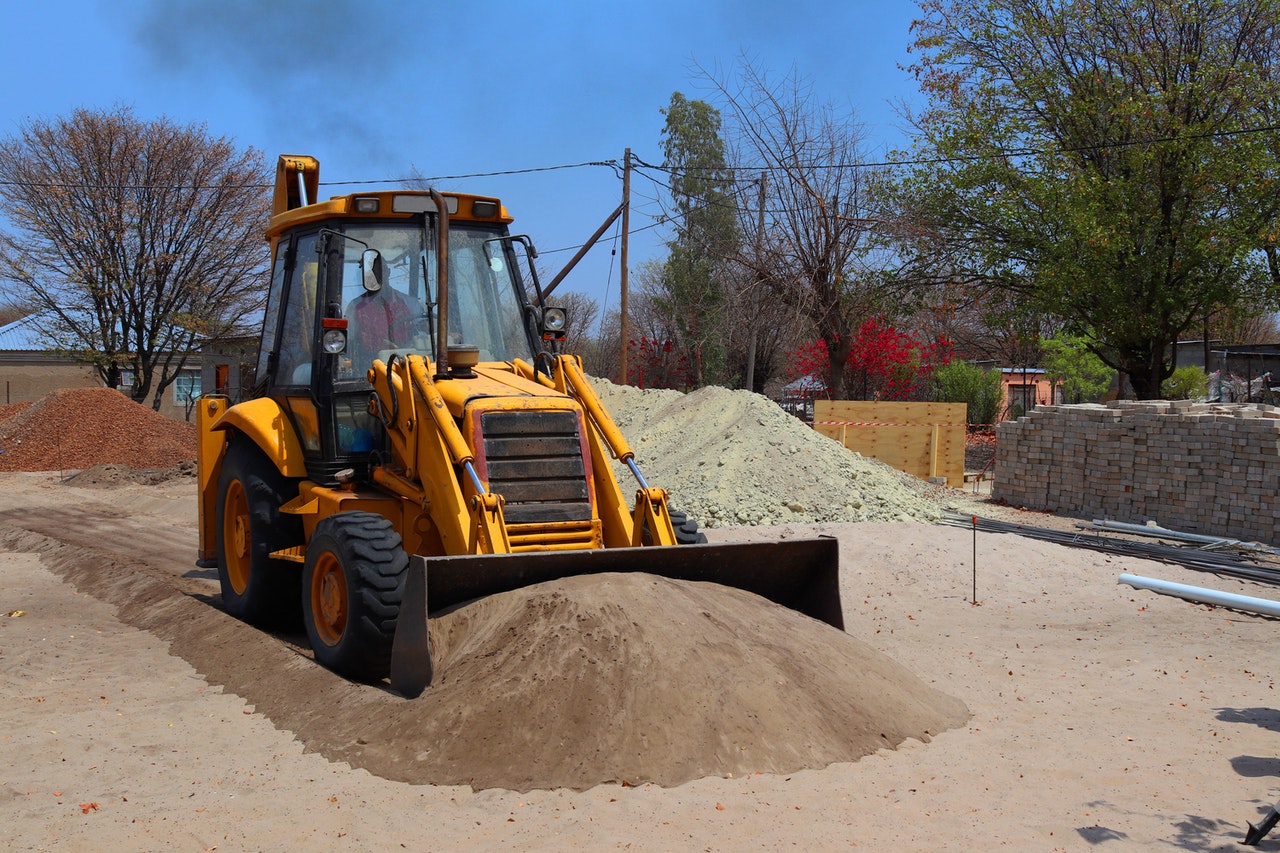We use the latest equipment to ensure the safety of our employees during each job, including elevated work platforms which allow us to access tall buildings with ease. Our experience is second-to-none when it comes to piling foundations, ensuring your new building will stay safe for years after completion.

Piling Contractors

Piling services are an expensive but worthwhile investment when you’re having a lot of trouble balancing out your building plans with concerns about settling and erosion in the area where you want to build. If these problems keep coming up despite your best efforts at mitigation like heavy-duty shoring products, piling might be right for your project because only this method provides a permanent solution.
Piled foundations provide many practical benefits over other options for building, such as:
- No settling or sinking issues due to soil erosion and uneven terrain.
- Savings on time and money by coping with otherwise unsolvable structural problems.
- Strength and stability under heavy, tall buildings that need to withstand natural disasters like earthquakes.
The disadvantages of piled foundations are few but significant: the cost of the service is high because it can be difficult to get your hands on appropriate equipment for this sort of work, and it takes longer than other methods because piling involves thorough testing at every stage in the process. Despite these caveats, if you’re having trouble with swaying or sinking ground, piling is the best solution for you.
With piled foundations, your property will be safer, stronger, and more stable than ever before. Our piling contractors are available throughout Nottingham and Derby.
Why choose piled foundations for my building?
One of the main benefits of using piles is that they prevent spreading fire inside a structure, making them more appealing to city planners and owners of large commercial buildings. Piles also help resist corrosion by tapping into the resistance provided by groundwater in the soil. Besides offering added stability, they can save on costs in terms of excavation and bracing when compared with constructing with solid concrete footings.

Visit the homepage to see a complete listing of all our top class grounworks services.
Piled foundations are a good choice for those looking to build in urban areas as well as environmentally friendly projects since they reduce interference with nature and allow water infiltration into groundwater reserves . They also protect against chemical and biological pollution from landfill sites and potential soil contaminants such as fuel depots and waste dumps. Disadvantages include high production costs depending on soil type; need for continuous ground conditions; greater susceptibility to earthquakes; difficulties reusing old piling; pile installation requires more skilled workers than conventional footings. Additionally, the design process is more complicated because it involves assessing soil conditions at the site, which also increases costs.

The second method of pile installation is by a dedicated hydraulic grab rig which does not require any form of backtrack equipment, just a relatively flat working area from which to operate. The major feature here is the provision for variable operator-actuated gripping capabilities or alternatively an integral hammer/gripper system incorporating both driver and extractor in one unit – this being held over the working surface by means of a large mast structure. In either case, because these systems are capable of considerable penetration depths, they could also be used in conjunction with adjacently installed piers to achieve greater depths, especially if the piers were also hydraulically driven.
Choosing the best way to construct the piling foundation is crucial because it will determine how strong your building will be in the future. Typically, you need to hire a well-experienced contractor that offers this service for your house construction depending on your requirements and budget. The next step is to have an early discussion with them about their experience in this work before finalizing any agreements so that you can avoid any inconvenience later on. There are several types of piled foundations but one of the most common types used is driven steel piles which are erected using large hydraulic pile drivers. You can also use timber piles under certain circumstances but steel piles are more popular due to their high capacity to resist load pressures without deforming or losing their strength.
